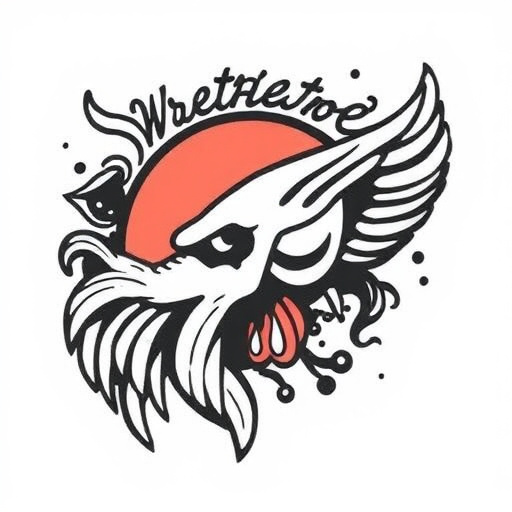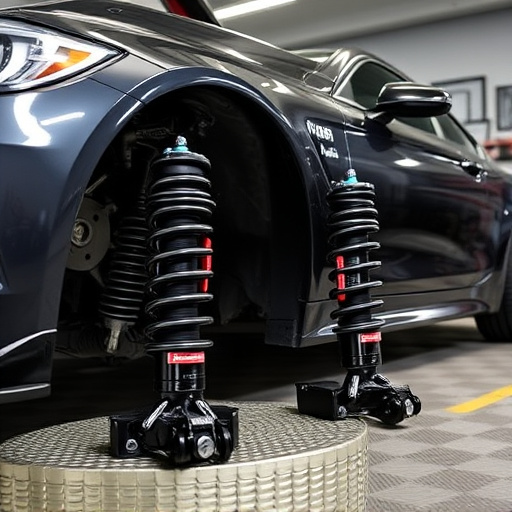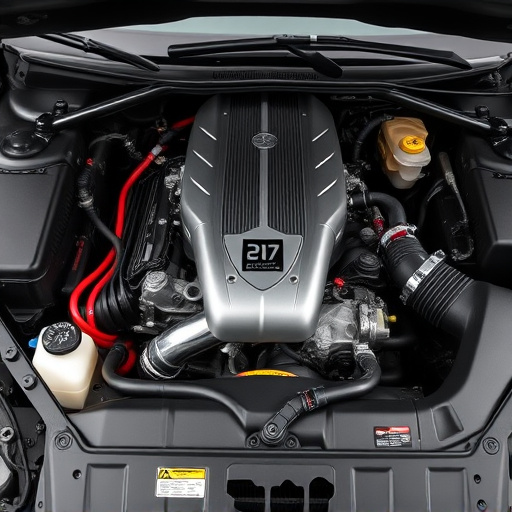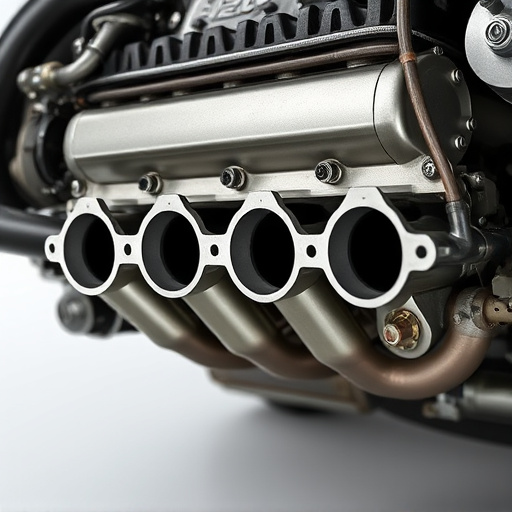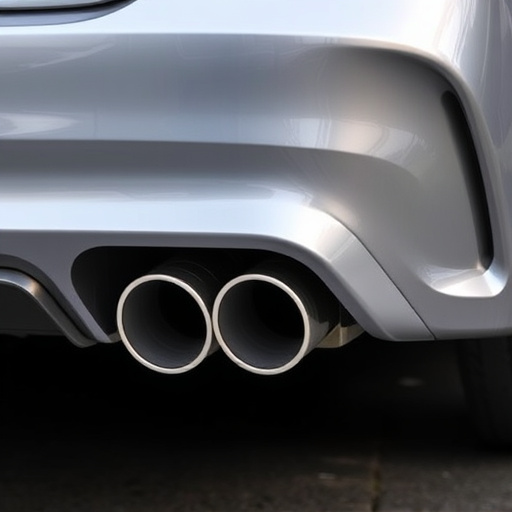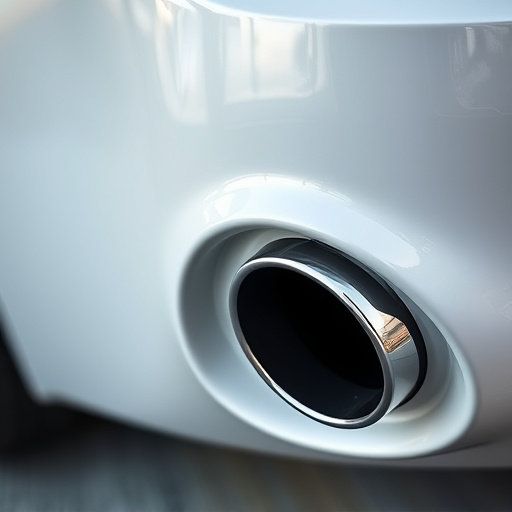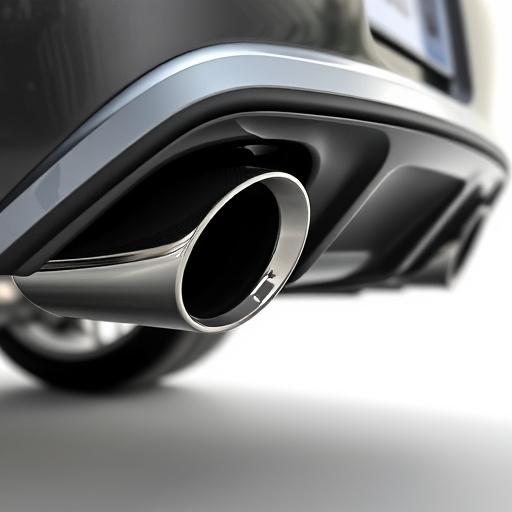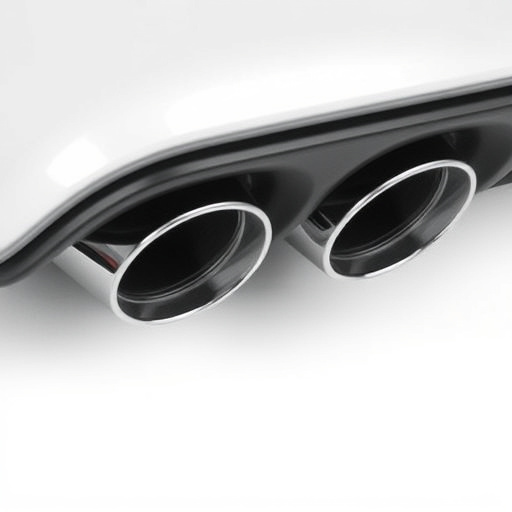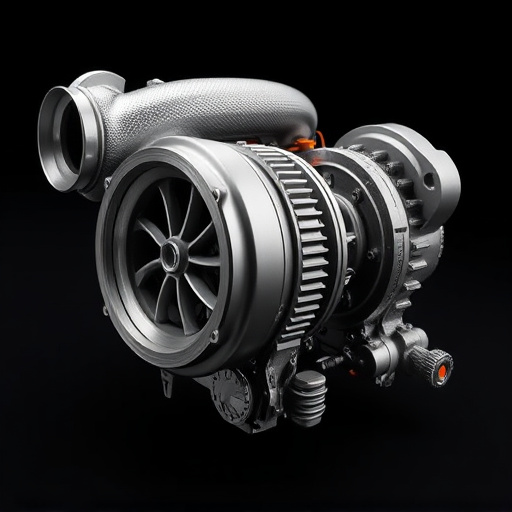Control arm upgrades are essential for optimizing vehicle handling and performance in tuned suspensions. Modern multi-link setups require specific considerations compared to older designs. Swapping stock parts with stiffer or lighter alternatives made from materials like aluminum or carbon fiber enhances responsiveness and enables integration of high-performance upgrades, addressing wear and misalignment issues caused by constant use and tuning. Upgrades ensure optimal handling, stability, and safety, especially after modifications that increase suspension stress, leading to improved driving experience and precise cornering capabilities.
A control arm upgrade is an essential consideration for anyone building a tuned suspension. These critical components connect your vehicle’s chassis to its wheels, facilitating steering and absorbing shocks. Over time, factory control arms can wear out or become damaged, compromising handling and safety. Recognizing the signs of wear and understanding the benefits of high-performance alternatives is key. This article delves into these aspects, guiding you through the process of upgrading your control arms for optimal suspension performance.
- Understanding Control Arms in Suspended Vehicles
- Signs Your Control Arms Need Upgrading
- Benefits of Upgrading to Performance Control Arms
Understanding Control Arms in Suspended Vehicles
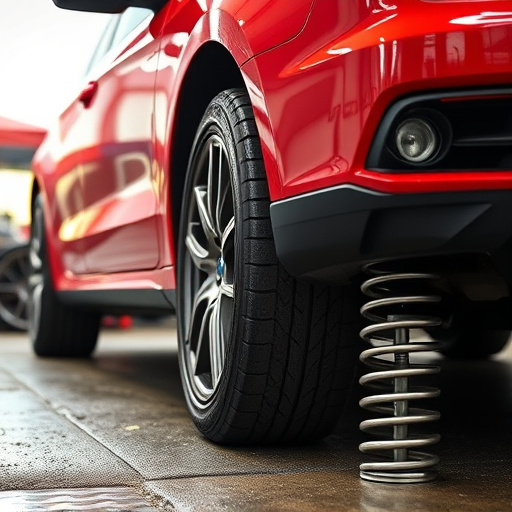
Control arms are pivotal components in a vehicle’s suspension system, serving as links between the chassis and wheels. They facilitate the up-and-down movement of the wheels while steering, ensuring smooth and controlled driving dynamics. In tuned suspension builds, where performance is enhanced through adjustments to various parts, understanding control arms becomes even more critical. These upgrades are often at the forefront of improving handling, stability, and overall vehicle behavior.
When considering a control arm upgrade, it’s essential to recognize that different types of vehicles have varying control arm designs. Modern cars and trucks may employ complex multi-link suspension setups, while older models might rely on simpler systems. Upgrading control arms can involve swapping out stock parts for stiffer or lighter alternatives, sometimes incorporating advanced materials like aluminum or carbon fiber. This modification not only enhances the vehicle’s response to driver inputs but also allows for the integration of other performance enhancements, such as improved air filter kits, optimized air intake systems, and high-performance exhaust mufflers.
Signs Your Control Arms Need Upgrading
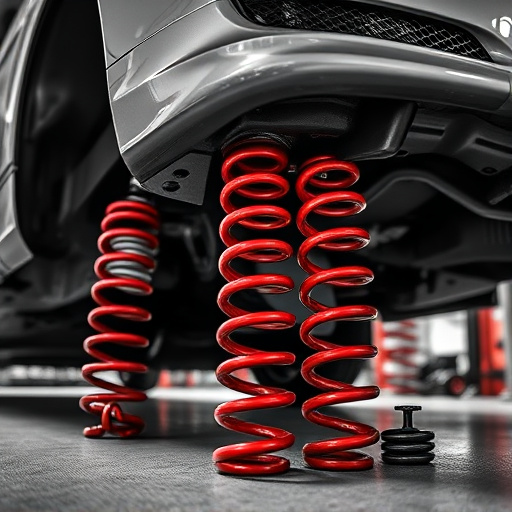
If your vehicle’s handling and cornering have taken a hit, it might be time to consider a control arm upgrade. Over time, control arms can wear out or become misaligned due to constant use, especially in tuned suspension builds. Signs that indicate the need for an upgrade include excessive body roll while turning, unusual noises coming from the front end during turns, and uneven tire wear. These issues could point towards worn-out or damaged control arms, which are vital components of your vehicle’s suspension system.
A control arm upgrade is particularly essential if you’ve installed a cat back exhaust or high-performance brake pads, as these modifications can further stress the existing suspension components. By investing in upgraded control arms, you ensure that your vehicle maintains optimal handling and stability, enhancing overall driving experience and safety, especially during dynamic driving conditions.
Benefits of Upgrading to Performance Control Arms
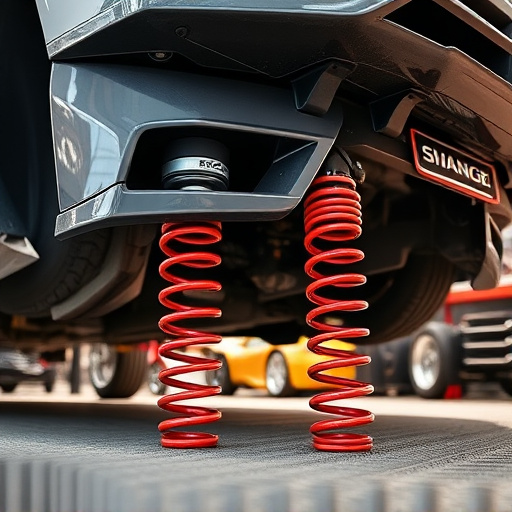
Upgrading to performance control arms offers significant advantages for those who have invested in a tuned suspension build. Traditional control arms, often found in stock vehicles, are designed primarily for basic driving conditions and may not handle the enhanced performance characteristics of a tuned or modified car. This can lead to handling issues, reduced stability at high speeds, and even potential safety risks.
Performance control arms, on the other hand, are engineered to provide improved strength, durability, and flexibility. They allow for better alignment precision, enabling optimal tire contact and enhancing cornering capabilities. Furthermore, these upgraded components often work seamlessly with popular suspension upgrades like coilover kits, ensuring a well-tuned suspension system that delivers both performance and control. With a control arm upgrade, drivers can expect a smoother ride, improved vehicle dynamics, and the peace of mind that comes from knowing their car is set up for maximum efficiency, especially when paired with high-performance exhaust systems like cat back exhausts.
A control arm upgrade is no longer an option but a necessity for anyone serious about enhancing their tuned suspension build. By investing in performance control arms, drivers can expect improved handling dynamics, increased stability at high speeds, and extended tire life. No longer should worn-out or inadequate control arms limit the potential of your meticulously crafted ride; instead, embrace the benefits of an upgrade that promises a more responsive and exhilarating driving experience.
